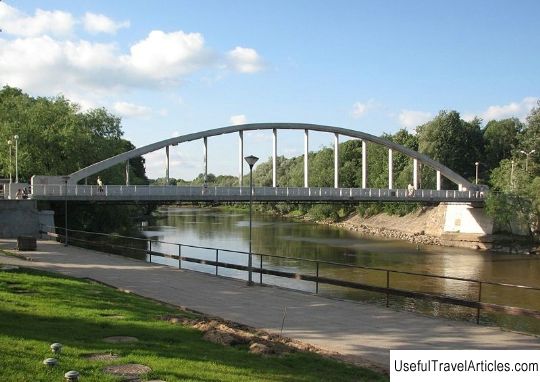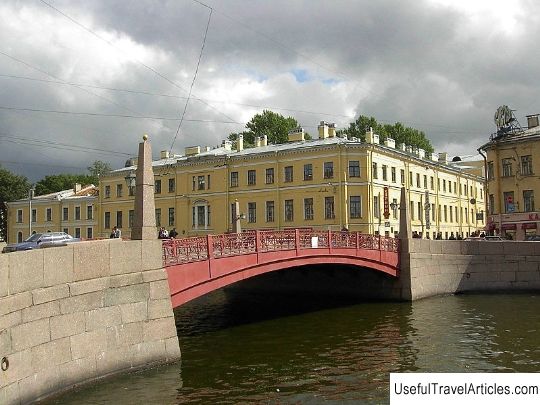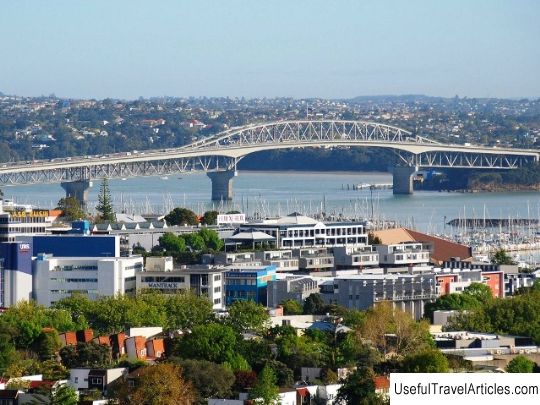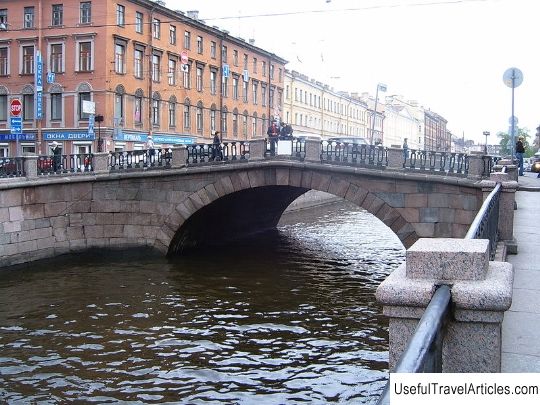Lomonosov Bridge description and photo - Russia - Saint Petersburg: Saint Petersburg
Rating: 8,6/10 (1240 votes) 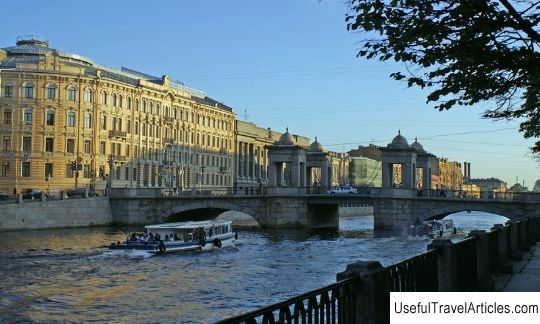
Lomonosov Bridge description and photo - Russia - Saint Petersburg: Saint Petersburg. Detailed information about the attraction. Description, photos and a map showing the nearest significant objects. Photo and descriptionThe Lomonosov Bridge is one of the architectural monuments of the 18th century. It crosses the Fontanka in the alignment of Lomonosov Street. Initially, the bridge was made of wood and was named Catherine's in honor of Empress Catherine II. After the construction of a new stone bridge, it began to be called Chernyshev Bridge (after the name of the nearby estate of Count Chernyshev, a participant in the Azov campaign, battles at Poltava and Narva. The bridge received its current name in 1948. Together with the bridge, the adjacent one was named after the great Russian scientist. the bridge is the square on which the monument to M.V. Lomonosov was erected. In various sources, the authors of the project of the Lomonosov bridge call the architects V.I.Bazhenov, Yu.M. Felten, engineers K.F. K. Gerard, P.K.Sukhtelen, F. Bauer (Baura). But most of them agree that Zh-R was its author. Perrone. The bridge was built according to a standard design in 1785-1788. Anichkov, Simeonovsky, Semenovsky, Staro-Kalinkin, Izmailovsky bridges were built according to the same projects. The bridge had stone supports and arched stone coastal spans with towers on bulls. The towers looked like open pavilions, which consisted of weakly rusticated columns. The columns supported Doric entablatures and ended in spherical domes carved out of gray granite with gilded spherical urns. The central span of the bridge was raised. Heavy chains stretched between the four towers were used to raise the drawbridge. Over time, the navigation on Fontanka greatly decreased, and therefore, in 1859, the split span was replaced by a wooden canopy farm, and the metal chains that were previously used for lifting turned into a decorative element. Fences were installed on the driveway. The length of the new bridge was 57.12 m, width - 14.66 m. The axis of the Lomonosov bridge runs at an angle to the river embankment. This arrangement of the bridge led to its asymmetrical solution: the front sides of the bridge, which face the water, are not equal to each other, and the superstructures of the towers have lost their square shape. But in reality and from a great distance it is not noticeable. The side spans are covered with stone corrugated arches, and the middle one is covered with metal beams. The railings of the bridge are similar to the railings of the embankment and represent metal sections that are installed between granite pedestals. On the abutments there is a granite parapet. In 1826, the first project for the reconstruction of the Chernyshev Bridge was proposed, which provided for the dismantling of a wooden draw-span, overhead towers and overlapping of the central span with cast iron wedge boxes, as well as the expansion of the roadway. But the project was not implemented. The next attempt to reconstruct the bridge was made in 1902-1906, when the City Duma commissioned engineer G.G. Krivoshein to develop a project for a new bridge. The project, developed by Krivoshein together with the architect V.P. Apyshkov, provided for the complete dismantling of the old stone bridge and the erection of a completely new structure in its place. But the revolutionary events of 1905-1907. prevented the implementation of this plan. The issue of changing the appearance of the Chernyshev Bridge was again raised in the early 10s. 20c., About the preservation of the previous appearance of the bridge, a heated debate unfolded. The Academy of Arts and the Society of Architects advocated keeping the bridge intact. Unsuccessful utilization for Chernyshev Bridge turned into a major overhaul in 1912-1913. According to the project of the engineer A.P. Pshenitskiy, the supports and arches of the bridge were reinforced, the wooden spans were replaced with metal girders, the bridge cladding was partially replaced. In 1915, according to the project of the architect I.A. Fomin, unique granite obelisk lanterns decorated with seahorses were installed on the bridge. In 2006, the famous lanterns, which are real works of art, after another restoration they returned to their places. Their restoration was caused by the fact that the lantern mountings sagged due to heavy loads on the bridge and began to pose a danger to pedestrians. Now unique lanterns again delight the eyes of residents and guests of the city.       We also recommend reading Tsarskiy Kurgan description and photo - Crimea: Kerch Topic: Lomonosov Bridge description and photo - Russia - Saint Petersburg: Saint Petersburg. |
